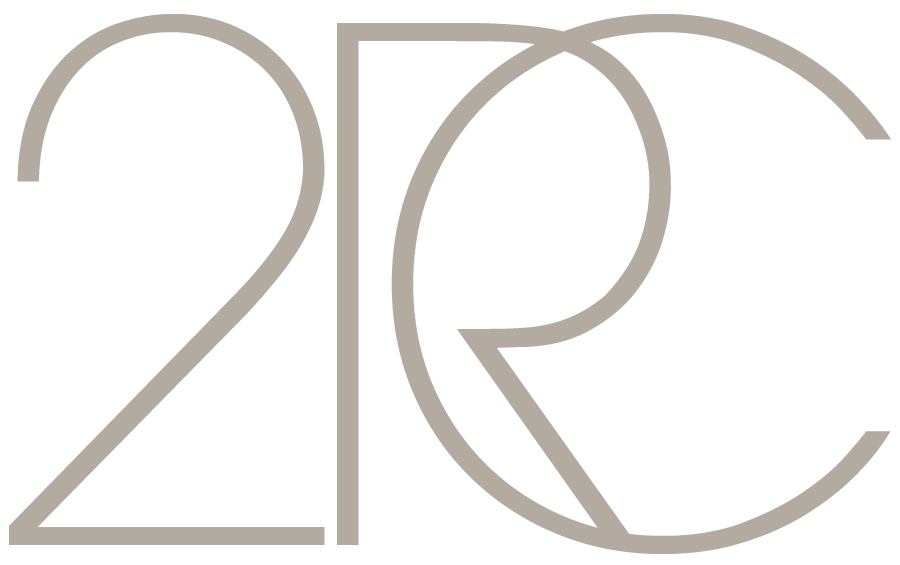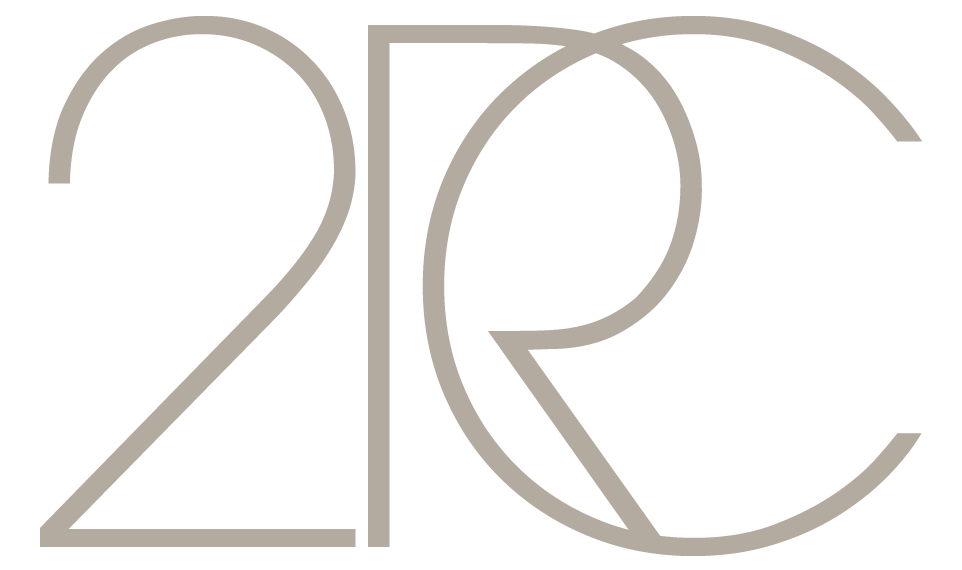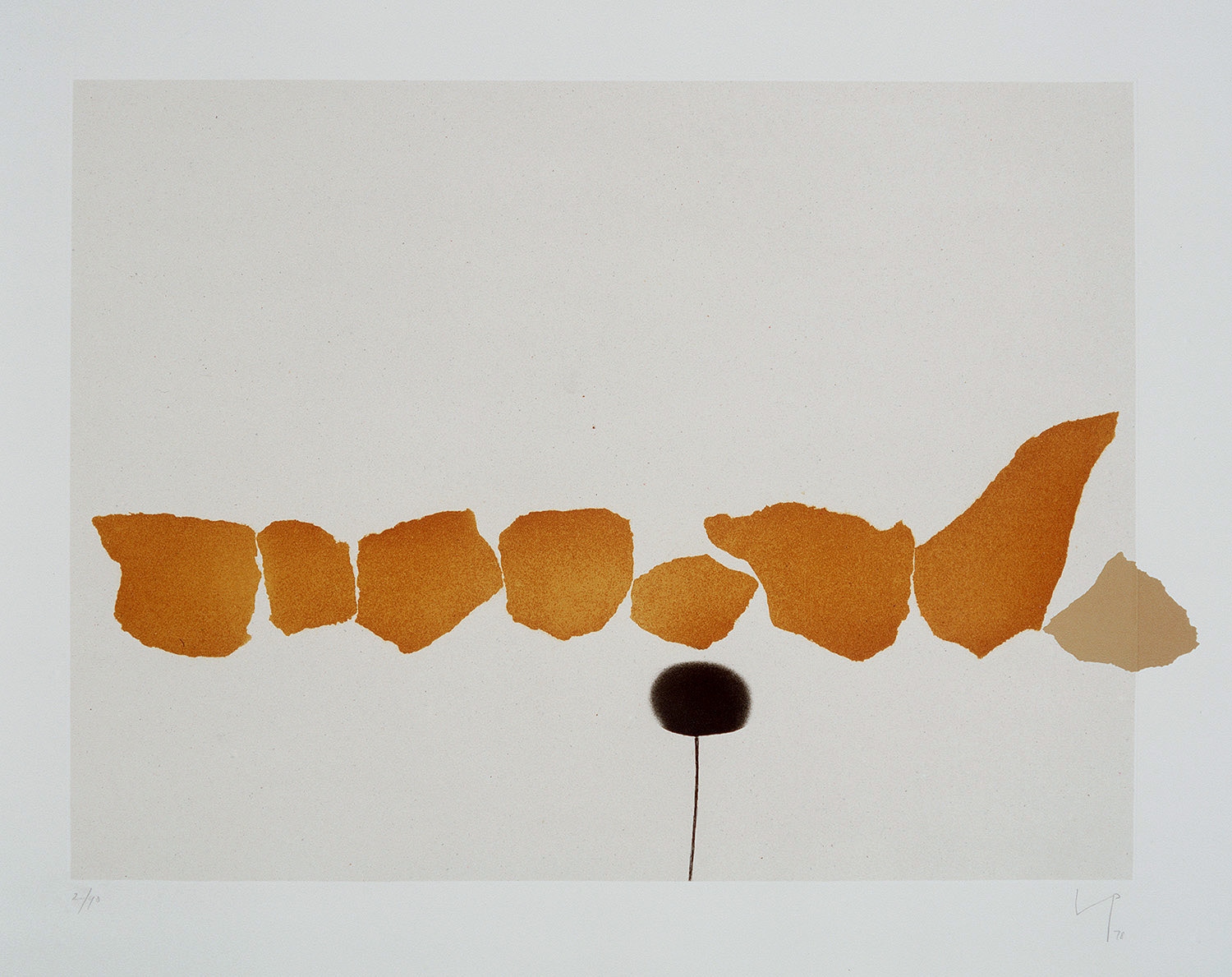Victor Pastore
graphic works
2RC Rome - Milan - 1978
Text by Valeria Gramiccia
Qhis new etchings by Pasmore, etched and aquatinted between the end of 1977 and 1978, were created with 'Il Mostro'.
'Il Mostro' is in fact the first etching that Pasmore creates without starting from a project. He has in front of him only a varnished plate on which he pours a solution that, as it flows, melts the varnish, thus discovering the shapes that will then be bitten by the acid and modeled by the aquatint. He then makes any changes he feels necessary, such as moving elements or adding new ones. With this technique Pasmore was able to create directly on the plate, capturing moment by moment the suggestion that the image proposed to him: using the plate directly as a project.
This way of proceeding, despite its appearance, leaves no room for chance. It is the artist who, by moving the plate, guides and controls the shape that is determined. Pasmore was thus able to obtain large forms with soft, wavy edges that would otherwise have been more difficult to achieve. With this technique , in addition to "Il Mostro" also "La Guerra", "The Blue Between", "Un bel dì vedremo" where created.
This last title is given by Pasmore to the large vertical print. The fact that he went to look for the Puccini score to recopy the notes is not accidental: it is almost a desire to draw attention to the importance that music exercises on him, of how it is evoked in his painting. Sometimes the shapes that emerge from the defined space of the slab appear as an acute note: other times the pauses, the ratios - now played on almost monochromatic basses (as in the "Cave of Calypso I" and the "Cave of Calypso II") , now on dissonance, (Graphic Image Due ”,“ Blue Mandorla ”) - they maintain the rhythms of a musical score.
These graphics, despite the novelty of their execution, represent so well the continuity of Pasmore's work. They continue to offer us the great compositions almost of a mural and the rigor of his constructed forms, never deprived of the freedom and spirit that are always implicit in his work.







